12) Tools for
HS Code Classification
Information about the industry
Using the correct HS (Harmonized System) code is essential for smooth international trade. These codes classify products for customs purposes, ensuring proper taxation, import/export restrictions, and trade statistics. Misclassification can lead to shipment delays, rejected goods, or even fines in many countries. By using HS code classification tools, exporters can accurately determine the right codes for their products, reducing the risk of costly errors and ensuring compliance with global trade regulations.
Correct HS code usage also simplifies documentation and speeds up customs clearance. With accurate classification, businesses can avoid disputes with customs authorities, calculate import duties correctly, and prevent unnecessary financial penalties. Proper classification helps exporters build a trustworthy reputation, streamline logistics, and enhance overall efficiency in international trade.
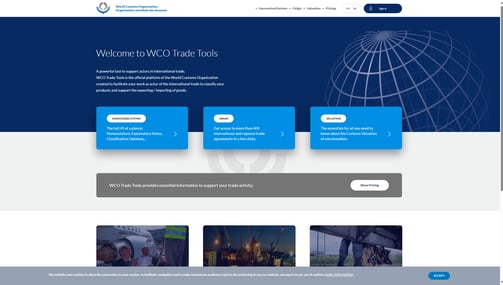

1. World Customs Organization
Free
The World Customs Organization (WCO) provides an online Harmonized System (HS) classification tool, helping exporters identify the correct HS codes for their products.
Accurate HS codes are essential for smooth customs clearance, avoiding delays, and ensuring compliance with international trade regulations.
The HS code lookup section on this website is free to use, allowing exporters to classify their products without additional costs.
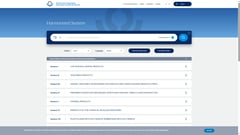
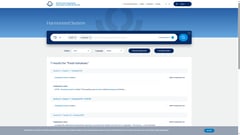
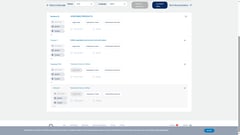
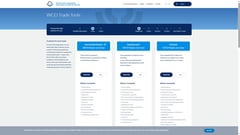






2. HS Calculus
Free trial
Market Calculus offers an AI-driven tool called HS Calculus, enabling exporters to accurately determine national-level HS codes for their products.
The platform supports HS code classification for 75 countries, providing reasoned explanations to ensure compliance and reduce the risk of costly misclassifications.
Pricing starts at $15 for 25 HS codes, with a Pro Plan available at $45 for 150 codes. Enterprise solutions are also offered for bulk classification, with custom pricing based on business needs.
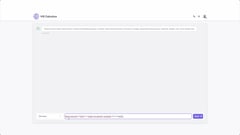
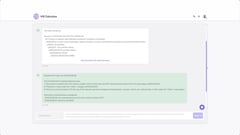
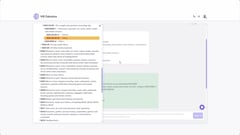





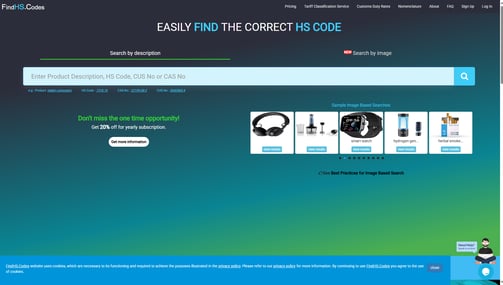

3. Find HS Codes
Freemium
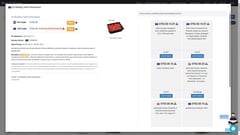
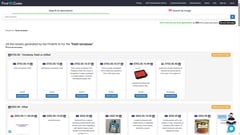

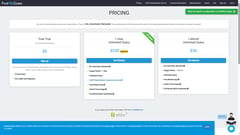




FindHS.codes is an online tool designed to help exporters quickly identify the correct HS code for their products, ensuring smooth customs clearance and compliance with international trade regulations.
The platform provides a keyword-based search, duty rate details, and classification validation, making it easier for businesses to navigate complex tariff structures.
Basic search features are free, while advanced tools such as duty calculators and trade data analysis require a paid subscription, with pricing available upon request.
What is an HS code?
An HS (Harmonized System) code is a standardized numerical classification for traded products. It is used by customs authorities worldwide to identify goods for import and export.
Why is it important to classify products with the correct HS code?
Using the correct HS code helps avoid customs delays, ensures compliance with international regulations, and determines applicable import duties and taxes.
How can I find the right HS code for my product?
Search official customs databases.
Use online HS classification tools.
Consult with a customs broker for expert advice.
What happens if I use the wrong HS code?
Incorrect classification can result in:
Customs penalties or fines.
Higher import duties or unexpected fees.
Shipment delays or rejections.
Are HS codes the same in every country?
The first six digits of an HS code are internationally standardized. However, countries may add additional digits for specific tariff regulations.
How many digits does an HS code have?
HS codes typically have six digits, but some countries expand them to eight, ten, or more for detailed classification.
Do HS codes affect import duties?
Yes, the HS code determines the tariff rate and any applicable duties or taxes imposed on imported goods.
Can the same product have different HS codes?
In some cases, similar products may have multiple HS codes depending on material, function, or use. Always verify with official sources to ensure accuracy.
Where can I check if my product requires special regulations?
Certain goods, such as chemicals, food, or medical equipment, may require special licenses or certifications. Always check with local customs authorities or trade compliance databases.
How often do HS codes change?
The World Customs Organization updates the HS classification system every five years to reflect new products and global trade trends.
Can I use the same HS code for different product variations?
Products with minor differences may fall under the same HS code, but significant changes in material or function may require a different classification.
How can I ensure my HS code classification is correct?
Compare with similar classified products.
Review official customs guidelines.
Seek help from a trade consultant or customs broker.
Do I need an HS code for all exported products?
Yes, every product shipped internationally must have an HS code for customs clearance.
Can I appeal if customs assigns a different HS code to my product?
Yes, if you believe your classification is correct, you can submit supporting documents and request a customs review or ruling.
How can I speed up customs clearance using HS codes?
Use the correct HS code from the start.
Ensure all documents match the classification.
Work with a customs broker for smooth processing.
What is the difference between HS codes and Tariff Codes?
HS codes are internationally recognized six-digit codes, while tariff codes are country-specific extensions that define tax rates and trade restrictions.
Do free trade agreements (FTAs) impact HS codes?
No, FTAs do not change HS codes, but they can reduce duties or remove trade barriers based on product classification.
How can exporters use HS codes for market research?
By analyzing HS code trade data, exporters can identify high-demand markets, track competitors, and find new business opportunities.
